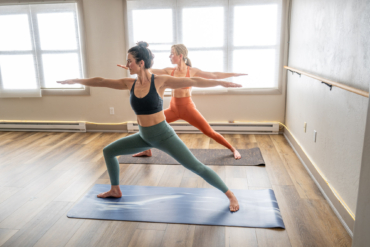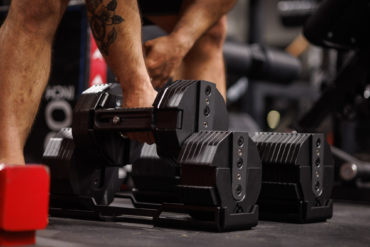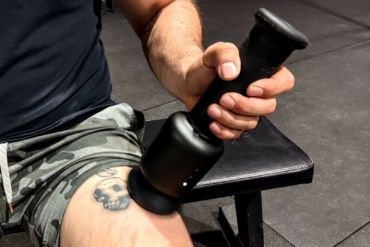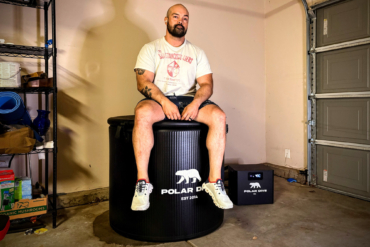Whether you’re working long hours at a desk, logging miles on the trail, or pushing through heavy training cycles, your muscles take on more strain than you may realize. Over time, that stress can build into reduced mobility or lingering soreness, affecting your daily movement. That’s why foam rollers have become a staple in recovery routines for athletes of all levels.
Foam rolling offers a simple, accessible way to release tension and improve range of motion. And as the recovery space has grown, so has the variety of rollers available: soft or ultra-firm, smooth or textured, long, short, or travel-sized. Understanding how these tools work and how to choose one that fits your needs makes it easier to build a recovery routine that supports stronger, more resilient movement over the long term.
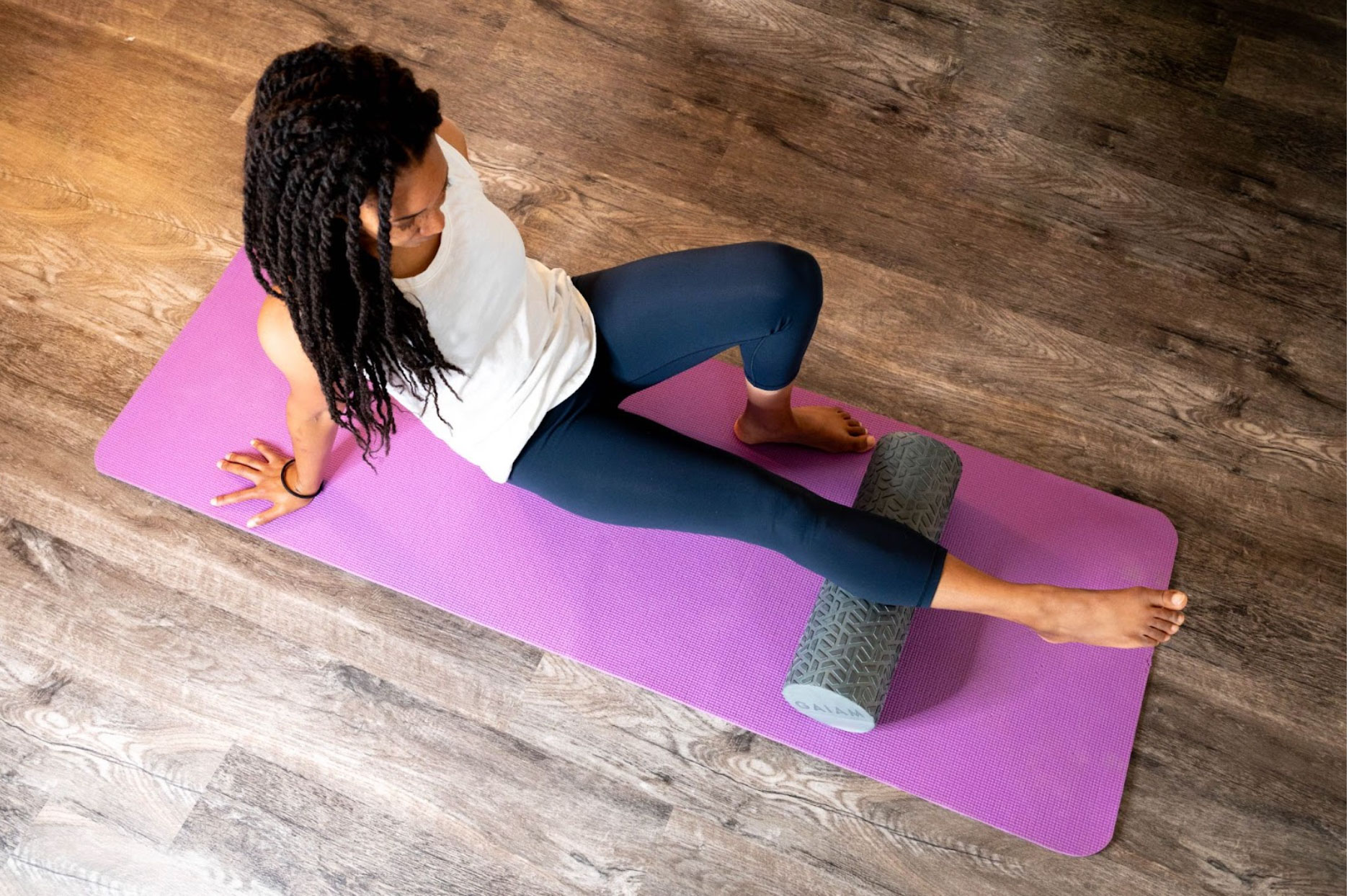
Why Every Athlete Needs a Foam Roller
Foam rollers have evolved from niche recovery tools to essential gear for athletes and anyone committed to staying active and injury-free. Whether you’re training for your next marathon or just trying to move through your week without stiffness, foam rolling can help your body perform and recover at its best.
May Prevent and Relieve Muscle and Back Pain
Back pain and muscle tightness are common complaints among athletes. While a medical professional should always evaluate chronic or severe pain, regular foam rolling can help manage and prevent minor soreness before it becomes a bigger issue.
Foam rolling can promote blood flow and help release tension in tight muscle groups. Plus, foam rolling supports mobility and keeps your body moving comfortably through every workout.
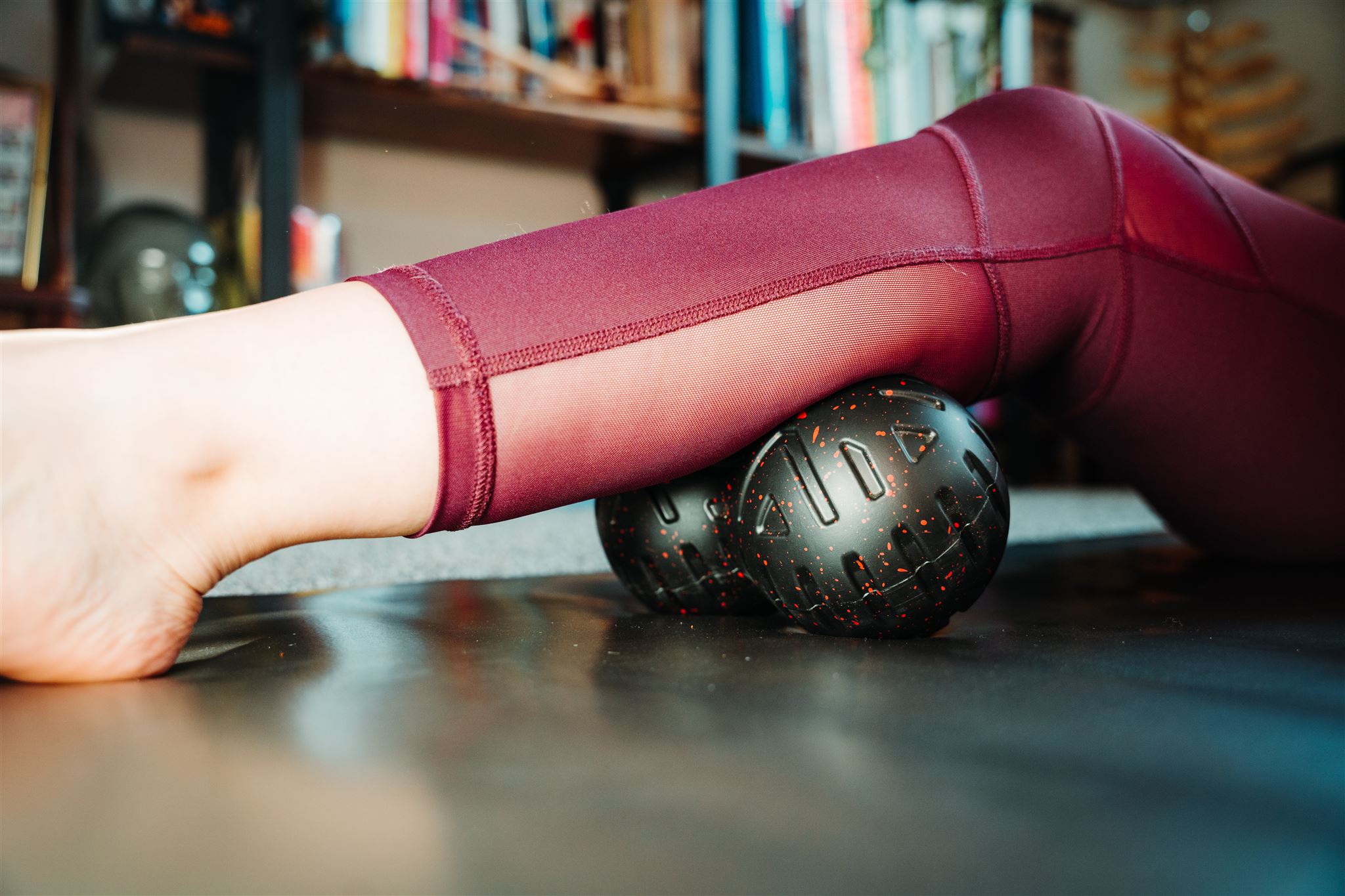
May Speed Recovery and Improve Performance
Many athletes treat foam rolling like stretching or integrate it into their warm-up and cool-down routines. Using a roller before exercise may help prepare muscles for movement and improve range of motion.
Afterward, it may aid in recovery by reducing soreness and encouraging faster muscle repair. A few minutes of rolling can make a noticeable difference in how quickly you bounce back between workouts.
Helps Manage Common Athletic Pain Points
For many athletes, foam rolling can be particularly effective in addressing tightness in areas such as the IT band, glutes, and lower back. It may even help ease discomfort from conditions such as sciatica by promoting myofascial release along affected nerves and muscle pathways. When used correctly and consistently, foam rolling is a simple and cost-effective way to relieve tension and maintain healthy muscle function.
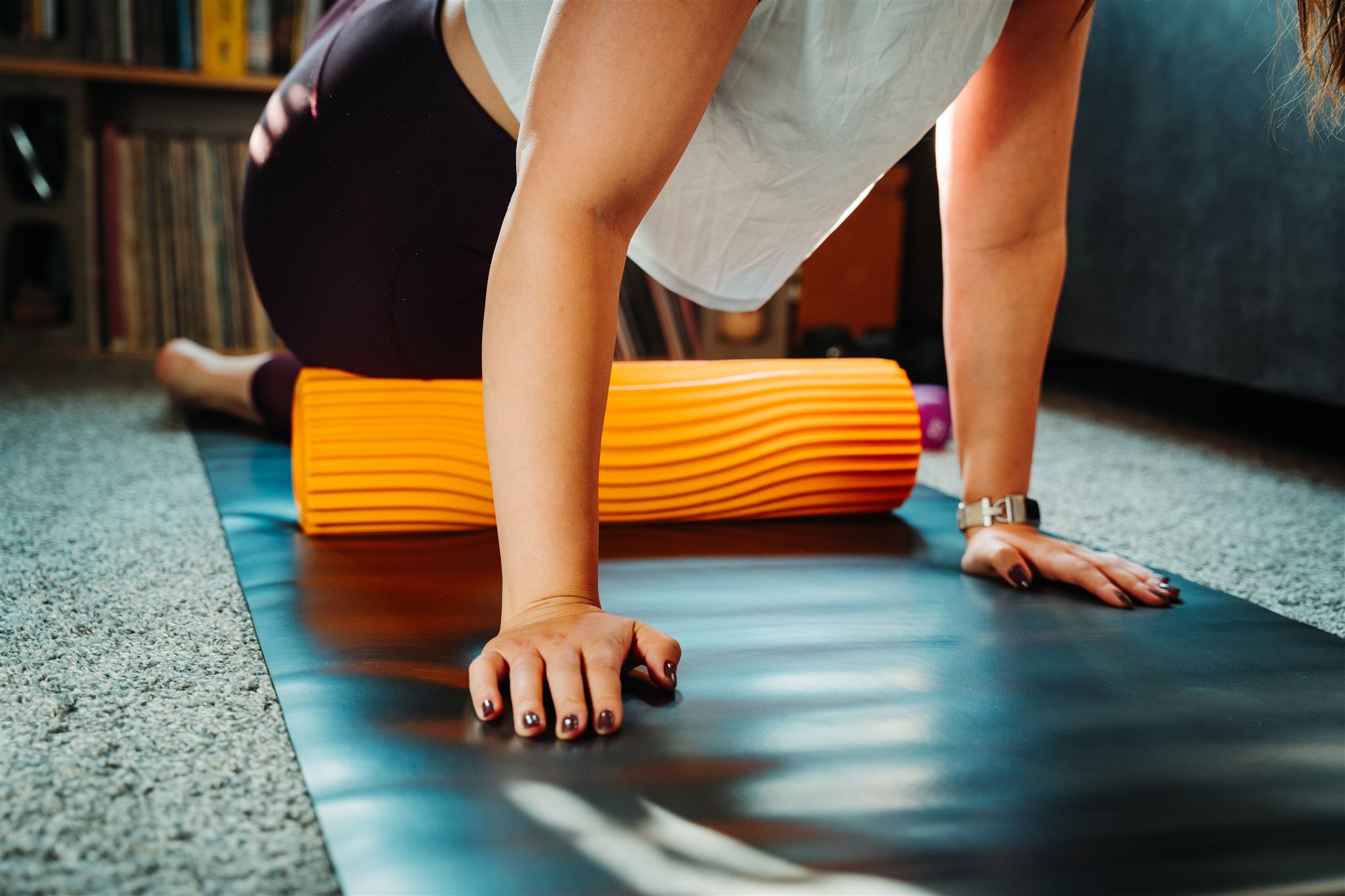
Accessible for Every Level of Athlete
Foam rollers come in a variety of densities, lengths, and textures, meaning there’s an option for every athlete and muscle release need. Softer, smooth rollers are ideal for beginners or those with sensitive muscles, while firmer, textured rollers can provide the deeper pressure needed for more advanced recovery work.
Affordable, Portable, and Easy to Use
One of the most significant advantages of foam rollers is their simplicity. There are inexpensive, travel-friendly options that require no special training or extra tools. All you need is a few minutes of daily rolling to help potentially prevent injury and recover faster with no gym membership or massage appointment required.
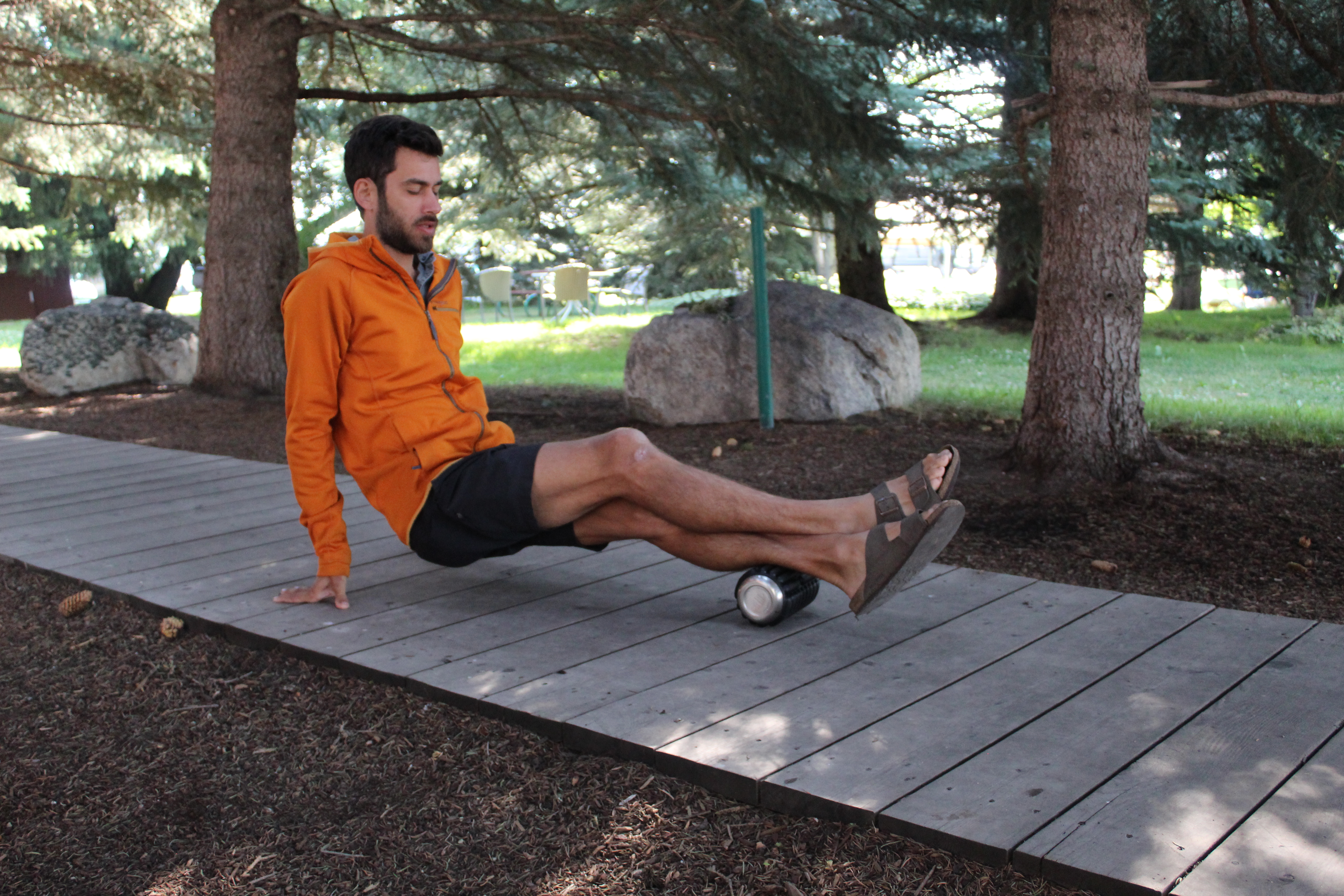
What to Consider When Buying a Foam Roller
Differences in firmness, length, texture, and portability all affect the choice of a foam roller, and each variable serves its purpose.
Foam Type
There are a handful of materials used for foam rollers, with the most common on our list being Polyethylene (PE), Expanded Polypropylene (EPP), and Ethylene Vinyl Acetate (EVA).
Soft foam rollers are made from PE and are the least durable. A much stronger version, EPP, has many of the same properties as PE but is considered one of the more dense foams. Neither PE nor EPP is the most durable, since they easily show signs of wear. However, with care, they can be long-lasting.
Most rollers are made from EVA because it’s highly tear-resistant, making them more durable but also more expensive. EVA-made foam rollers are not as dense as EPP-made ones, but “high-density EVA” is tougher than regular EVA rollers. Of course, there are alternative materials as well, including bamboo with foam and aluminum, or even cork.

Firmness
Arguably, the most important factor in choosing a foam roller is its density or firmness. Soft rollers may not provide the level of massage needed for deep muscle soreness, and overly hard rollers can cause bruising or trauma if used incorrectly.
In some cases, the color of a foam roller can help identify firmness; for instance, foam that is lighter in color tends to be softer, whereas foam that is darker tends to be firmer. However, because standards can vary from brand to brand, it is not always straightforward to identify firmness based on color or material alone.
You can gauge firmness by measuring the amount of pliability or “give” after applying pressure. A generous amount of “give” is considered soft, while no “give” at all is considered hard, and anything in between is considered medium.

Rollers with a fair amount of pliability are considered soft rollers, prioritizing comfort over deep-tissue massage. Less-firm rollers are suitable for individuals with sensitive muscles or those new to foam rolling. As you improve your technique and your muscles become accustomed to the pressure, you can progress to harder rollers.
Firm rollers, which are considered to have no “give,” are designed for deep, intense massage and muscle therapy. If you are a very active person, a hard roller can help you target and penetrate deep into sore muscles. This roller style is also ideal for myofascial release.
Rollers with a medium-firmness level can, as you might imagine, do it all. They are suitable for both massage and yoga or Pilates exercise routines. Proper use will still allow you to access deep tissue while maintaining the comfort and cushioning of less-firm rollers.

Length
As with firmness, different lengths serve different purposes, and it is up to you to decide what is most important for your specific muscular needs.
Long or full-size rollers typically measure about 36 inches. At this length, these rollers are suitable for larger muscle groups. Full-size rollers allow you to access your entire back when laid perpendicular to your spine.
These rollers are also great for other large muscle groups, such as those in your upper legs. The longer length also lends itself well to many Pilates or core exercises that require you to place it vertically along your back.
Shorter rollers, 24 inches or less, are excellent for pinpointing smaller muscle groups like specific areas of your back, arms, or legs. If you have isolated problem areas around your body, a shorter roller may be a perfect choice. As a bonus, the shorter lengths are also more portable.
If your persistent knots are in hard-to-reach areas, specifically shaped rollers like the Chirp Wheel Pro can target muscles that a regular foam roller of any length might miss.
Diameter
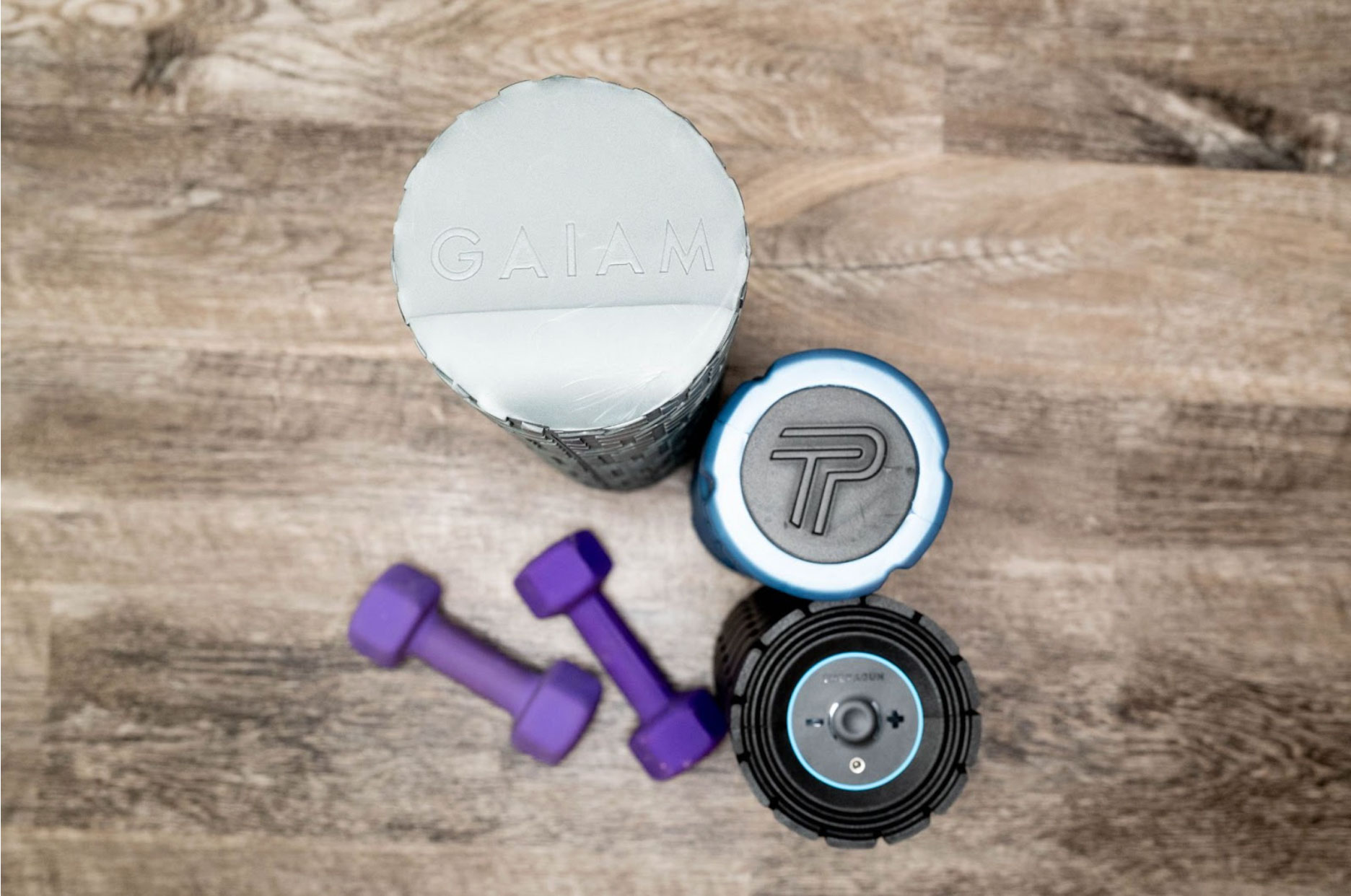
The diameter measures how thick the foam roller is, or the circumference. Foam rollers with larger diameters can be easier to apply more pressure because you can get more leverage.
The most popular diameter seems to be around 5 inches. We would not recommend buying anything less than a general-use foam roller, as it can be hard to press down on it. Typically, foam rollers with smaller diameters are specially made for calves, soleus, or Achilles. Rollers with a 6-inch diameter make it easy to apply a lot of weight.
Portability
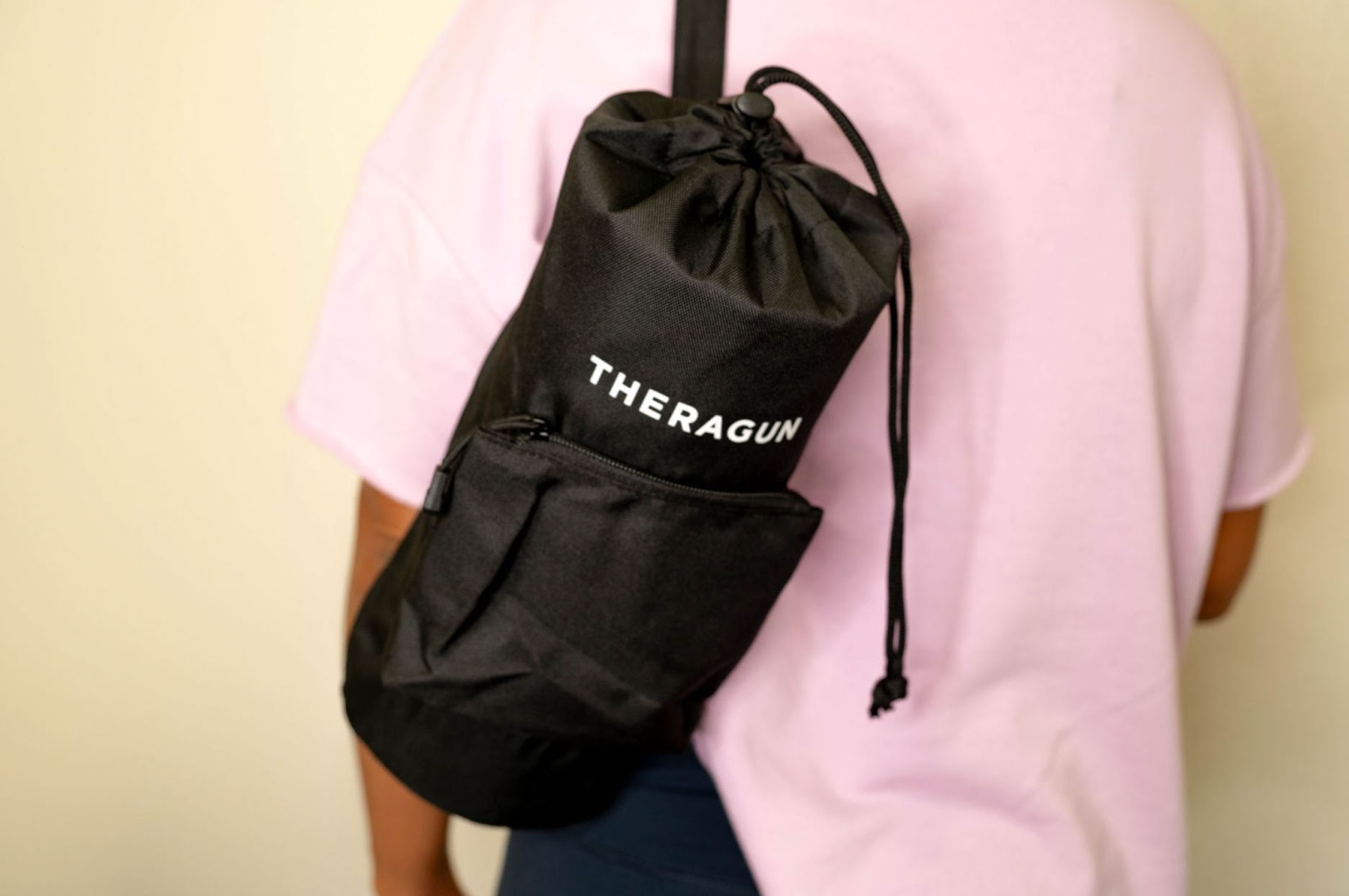
Your foam roller’s portability is a worthy consideration depending on your lifestyle and level of muscle soreness. If you plan to use a roller occasionally or at home, you may not need to worry about how easy it is to bring with you.
If you have chronic muscle pain and travel a lot for business or pleasure, more portable options are the way to go. Some rollers are explicitly designed for portability. Still, even if not designed for portability, many shorter rollers can easily fit in a standard gym bag.
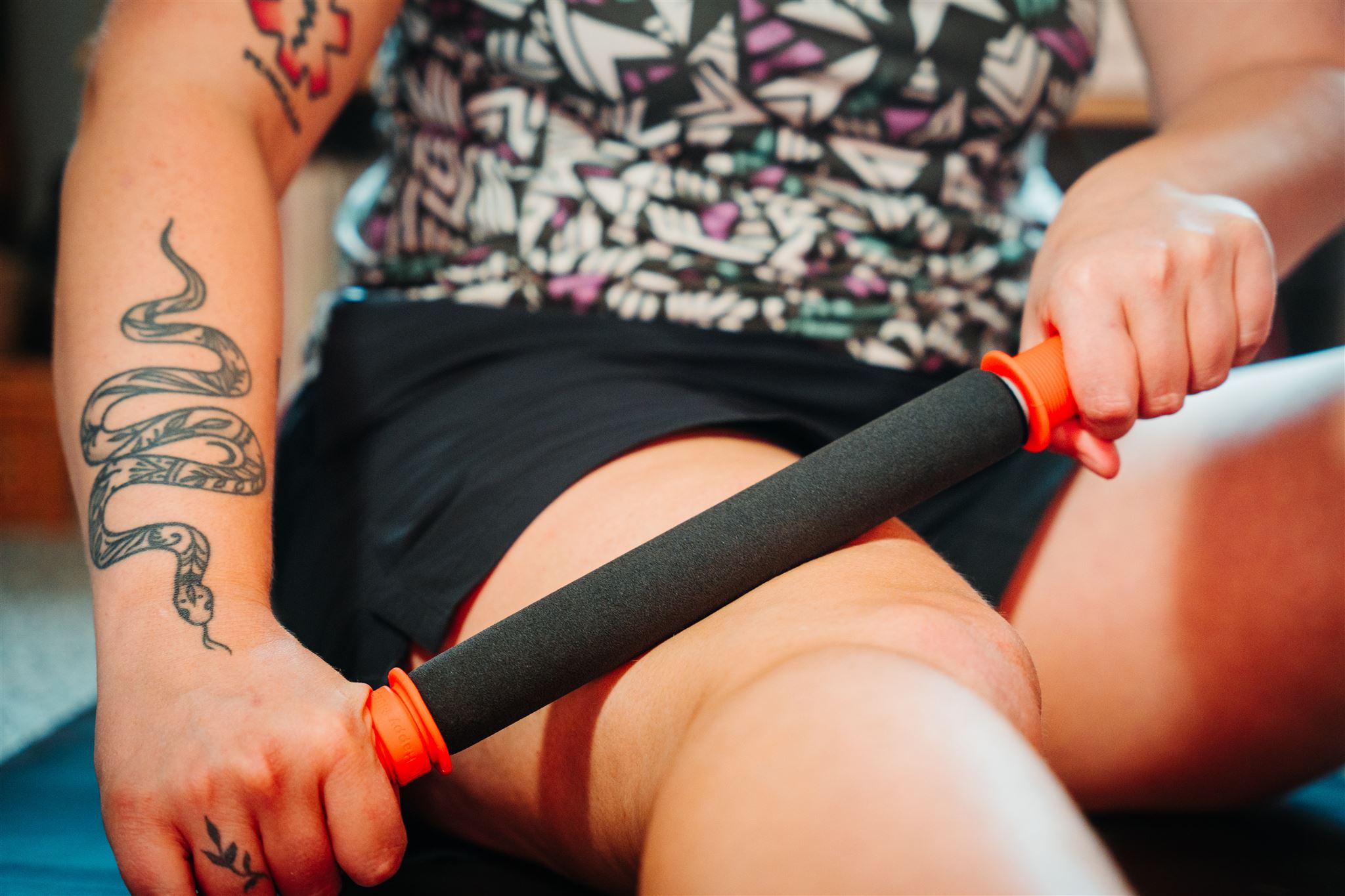
Texture
The texture is another noticeable difference between foam rollers. The differences can be simply explained between smooth and textured rollers.
Smooth rollers are traditional and have been the go-to for some time. They provide equal pressure across the targeted area, but may be limited in reaching deep muscles or tendons. Raised-textured foam rollers produce the most noticeable improvement in flexibility and the release of myofascial trigger points compared to smoother textures.
Like softer rollers, smooth rollers are a good choice for beginners, as they are less intense than their textured counterparts. Generally speaking, smooth rollers are also often more affordable.
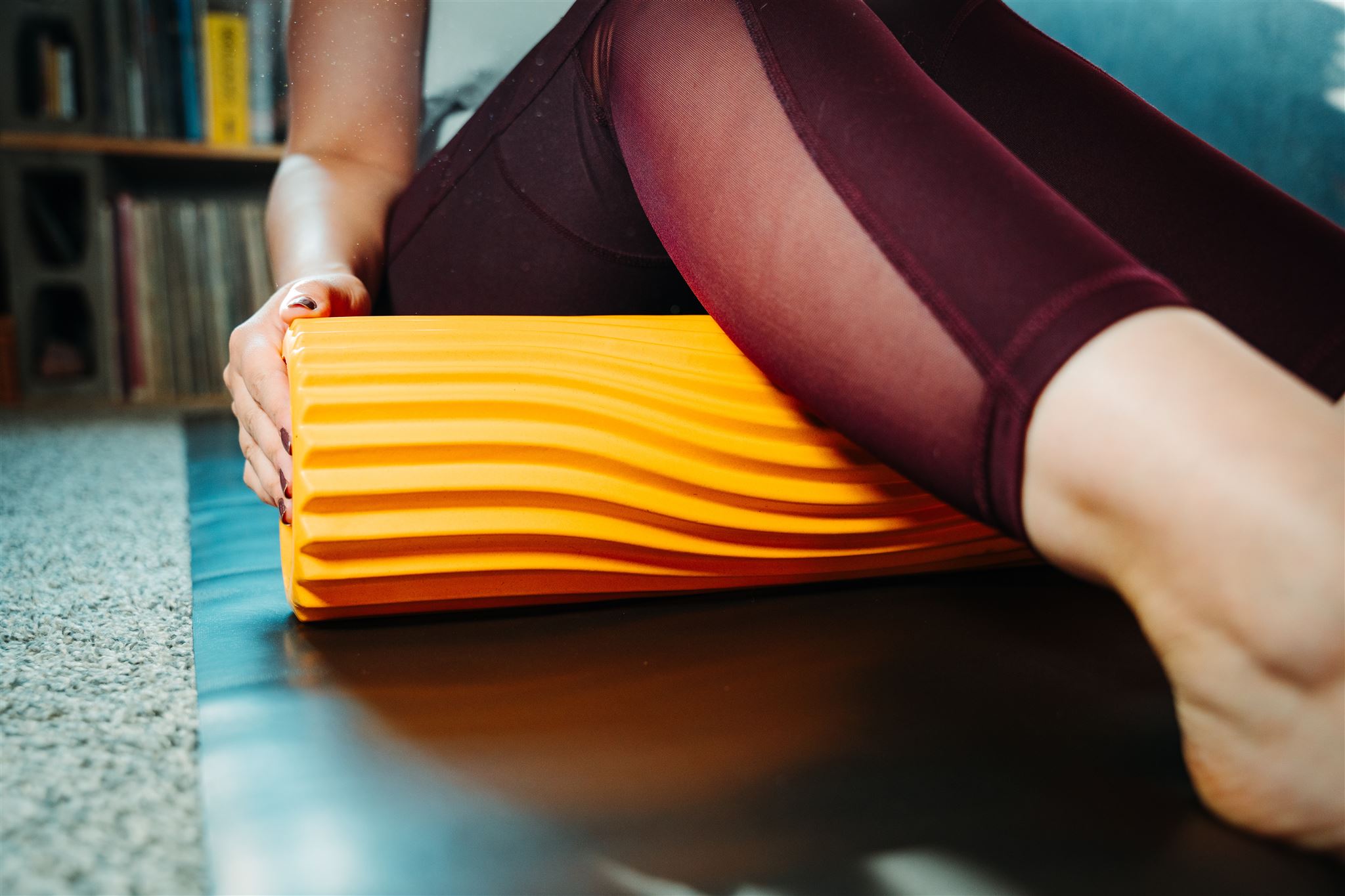
Textured rollers are more advanced and better suited for users comfortable with their rolling technique. The added features on these rollers, such as ridges and bumps, are designed to precisely target problem areas.
Textured rollers often offer multiple features on a single roller, promoting customization. They are specifically designed to target specific muscle groups for the best massage, mimicking the movements of a massage therapist’s hands, and are a good way to isolate knots or problem areas.
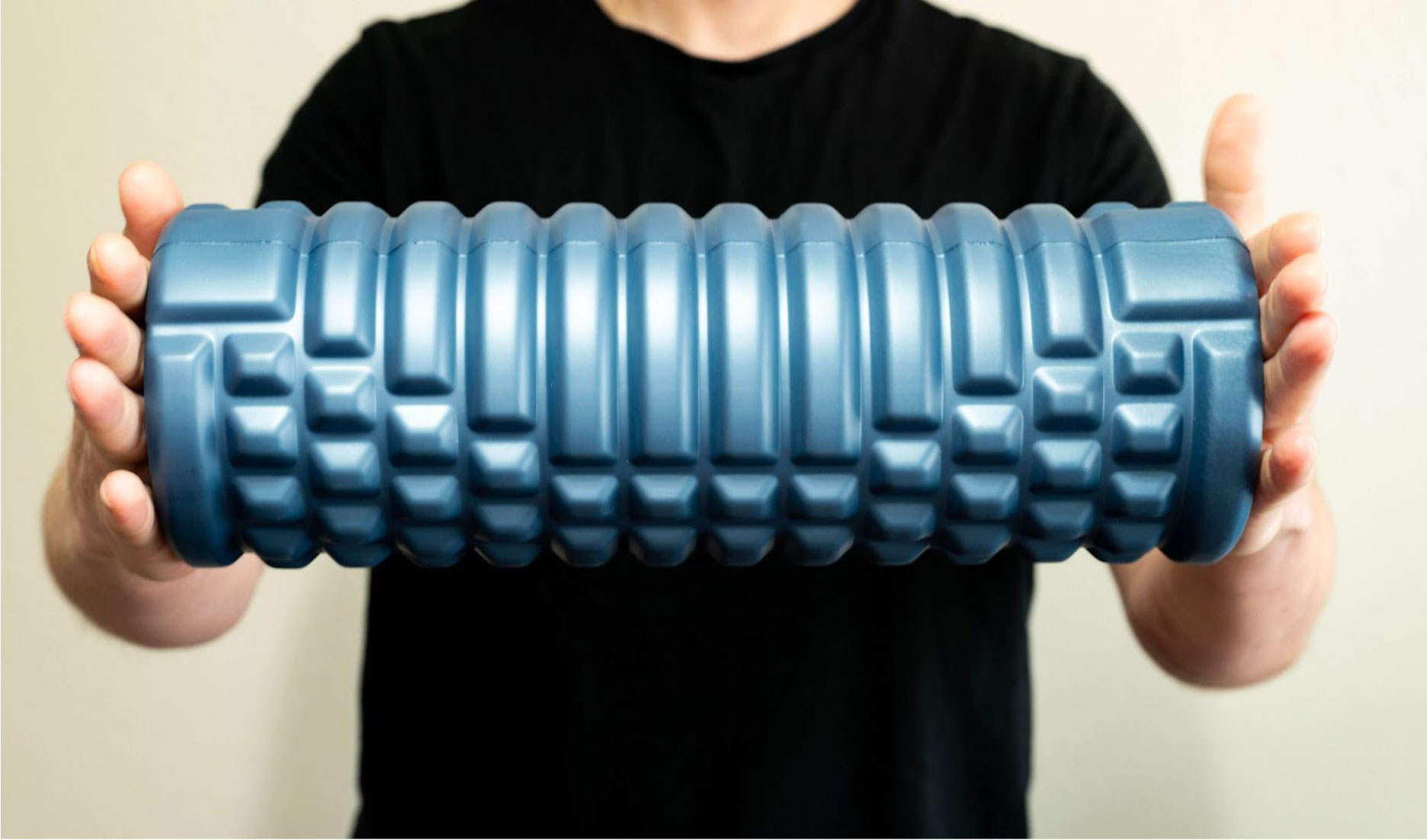
Extras
Without a doubt, the six features outlined above are the most important things to consider when shopping for the best foam roller for back or muscle issues. That said, there are a few other considerations to take into account.
For many, outdoor fitness and environmental ethics are closely intertwined. If that is important to you, some companies are producing their rollers from recycled or sustainable materials.
Some foam rollers and materials are also better suited for yoga and Pilates workouts than strictly rolling. If you plan to use your roller for exercise, this is a good thing to keep in mind. Alternatively, if you need your roller to serve double duty at the gym, there are models with unique features, such as doubling as a water bottle.
Half-round foam rollers are an alternative for those who may have difficulty balancing their body weight on a cylindrical or ball-shaped roller. Half-round foam rollers are also available in a range of lengths and diameters to help keep you stabilized while exercising or stretching.
Vibrating foam rollers are gaining popularity for their dual benefits. In addition to offering the same benefits we enjoy from conventional rollers, they also provide localized vibrational therapy that has shown statistical significance for the body, including enhanced blood flow, reduced muscle soreness, and improved stability, among others. Vibration foam rollers can be an excellent investment, but keep in mind that they are heavier, require charging, offer fewer length options, and are much more expensive.
Finally, there are virtually limitless colors and patterns available. Naturally, this is a fun — albeit functionally inconsequential — feature to consider when purchasing your first foam roller.
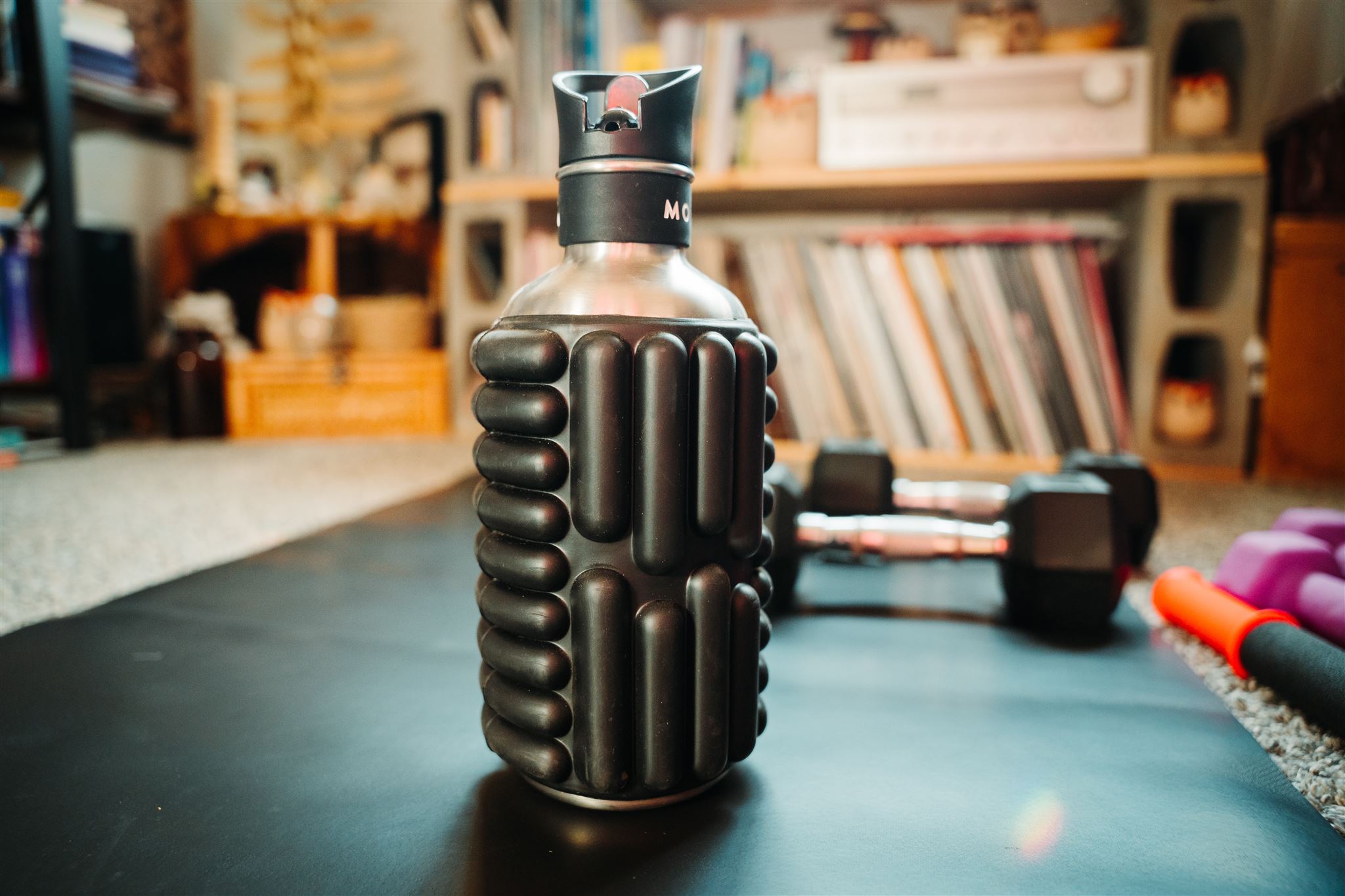

The Best Massage Guns of 2025
We tested some of the best massage guns on the market, including picks from Therabody, TriggerPoint, and Power Plate.
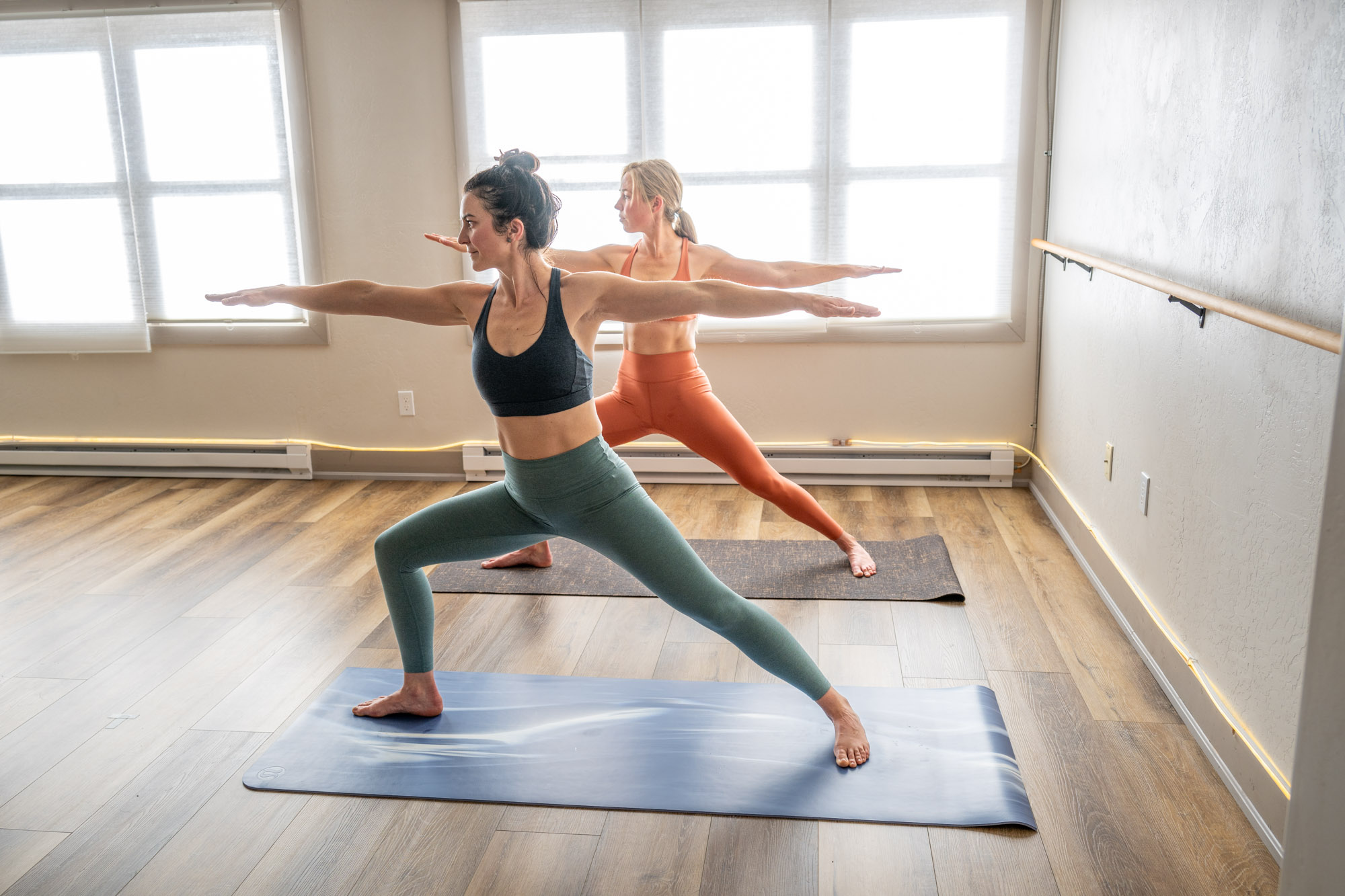
How to Choose a Yoga Mat
Whether you’re new to yoga or have a lifelong practice, using a comfortable, reliable yoga mat is key.



